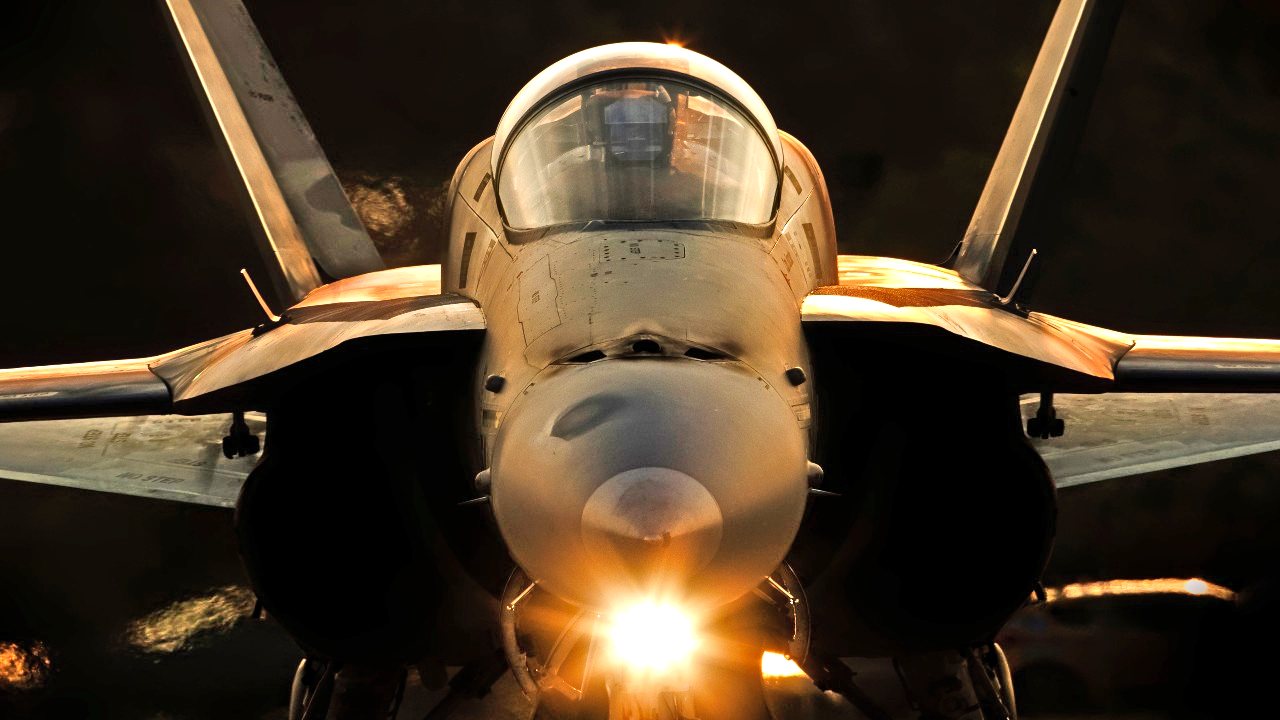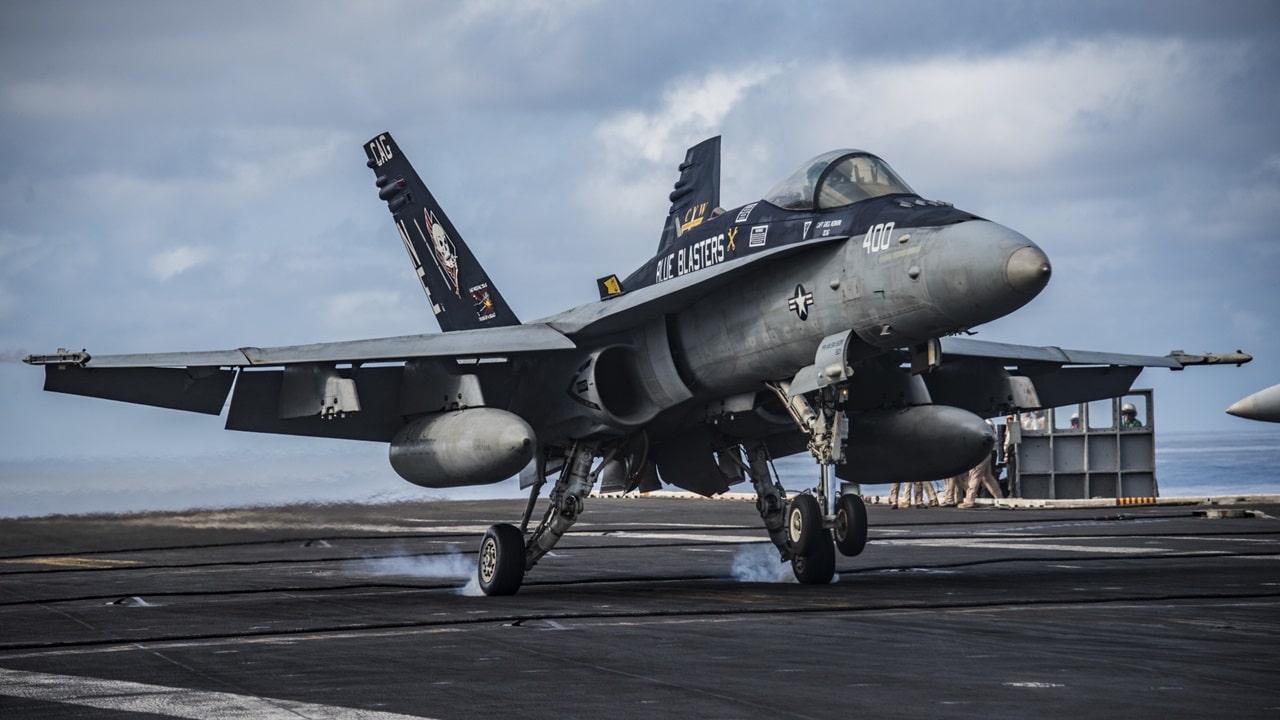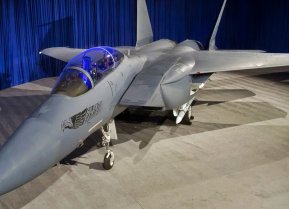The U.S. Navy Might Be Done with the F/A-18 Super Hornet Fighter
The U.S. Navy has loved the F/A-18 Super Hornet fighter jet, but whether that love affair continues with the price of the aircraft nearly doubling has yet to be seen.
Will The U.S. Navy Receive Its Final F/A-18 Super Hornets? - Around the holidays, money can be tight, a fact that the United States Navy has also learned as its negotiations to buy the last batch of Super Hornets are reportedly stalled over the growing price tag.
USNI News reported on Tuesday that the contract for the U.S. Navy to purchase the final twenty F/A-18 E/F Super Hornets from aerospace giant Boeing appears to be at a standstill.
The Navy continues to work with Boeing on the contract for the 20 congressionally added Super Hornet aircraft. Ongoing contract negotiations cannot be discussed at this time,” Capt. Michael Burks, the program manager for the F/A-18 and EA-18G office at Naval Air Systems Command, told USNI News in a statement.
Previous estimates put the unit cost of the final batch of aircraft at $55.7 million, and lawmakers on Capitol Hill authorized about $1.15 billion for the aircraft. The math added up to the 20 aircraft – but then like everything else, the price went up, way up.
Boeing's estimate for the Super Hornets came in much higher, almost to the point that it was approaching the cost of the Lockheed Martin F-35C, the aircraft carrier variant of the Lightning II. According to a report from Breaking Defense in October, Lots 15 to 17 – the latest of the F-35C – had a reported cost of $102.1 million per aircraft.
As Forbes.com noted, "If the assertion that the final tranche of Super Hornets approaches that unit price is correct, their cost would have nearly doubled the Navy's earlier estimates. As a result, negotiations to buy the airplane have apparently come to a halt."
Compromise Coming Soon on Super Hornet?
Both the Navy and Boeing have vowed to find a way forward.
"We are committed to ensuring warfighter readiness and supporting our U.S. Navy customer. We continue to work with the U.S. Navy on a path forward," a Boeing spokesperson told USNI News in an email.
"The Navy continues to work with Boeing on the contract for the 20 congressionally-added Super Hornet aircraft. Ongoing contract negotiations cannot be discussed at this time," Capt. Michael Burks, the program manager for the F/A-18 and EA-18G office at Naval Air Systems Command, also said in a statement.
Even as the economy has been seen to be doing very well, despite inflation, Boeing hasn't had a great year. Reuters reported in October that the aerospace firm has seen losses even as its rivals are posting higher revenues due to demand from the war in Ukraine.

In the case of Boeing, it was locked into a handful of contracts that forced the company to take a loss when technology development went over budget.
The Navy Could Get Fewer F/A-18 Super Hornets
As USNI News further reported, U.S. Navy officials have sought to end the Super Hornet line early, as part of an effort to direct funding to its F/A-XX Next Generation Air Dominance (NGAD) program. But then lawmakers had other ideas and added more F/A-18 Super Hornets to the Fiscal Year 2022 (FY22) and FY23 budgets.
"That contract was for 20 aircraft. It's not going to be 20 aircraft, because we've taken so long to get to a final determination on that contract. The number of dollars will not go as far, but those aircraft need to be built," Rep. Rob Wittman (R-Va.), vice chair of the House Armed Services Committee and chair of the tactical air and land forces subcommittee, said earlier this month at the U.S. Naval Institute's Defense Forum Washington.

While the original contract was for the aforementioned 20 Super Hornets, it now appears that is unlikely. And unlike exchanging a gift the day after Christmas, the U.S. Navy can't simply get more F-35Cs instead, as it would need to ask Congress to reprogram the money. Then there is the fact that the lawmakers called for the service to receive the F/A-18s because the F-35Cs can't be built fast enough!
FAQ: The U.S. Navy Loved the F/A-18 Super Hornet
The F/A-18 E/F Super Hornet, which is now manufactured by Boeing following its merger with McDonnell Douglas in 1997, has been produced in two distinct versions including the single-seat F/A-18/E and the dual-seat F/A-18/F.
As the final variants of the original multirole F/A-18 aircraft, the model offered a 20 percent larger airframe, while the Super Hornet could carry an additional 33 percent more internal fuel, which increased its mission range by 41 percent while its endurance was increased by 50 percent over the earlier aircraft. Yet, despite being super-sized, the F/A-18E/F actually has 42 percent fewer parts than its predecessor the F/A-18C/D variant.
The Super Hornet has performed as a multirole attack aircraft via the use of different external equipment, while the fighter jet’s advanced networking capabilities have allowed it to accomplish very specific missions. In this way, it has been utilized as a "force multiplier" where it has been deployed to meet the various challenges that a carrier might face. In its fighter mode, it has served as an escort and provided fleet air defenses from enemy aircraft and other threats, while in its attack mode, it has provided force projection, interdiction, and close and deep air support.
Indeed, the U.S. Navy has loved the F/A-18 Super Hornet, but whether that love affair continues with the price of the aircraft nearly doubling has yet to be seen.
Author Experience and Expertise
Peter Suciu is a Michigan-based writer. He has contributed to more than four dozen magazines, newspapers, and websites with over 3,200 published pieces over a twenty-year career in journalism. He regularly writes about military hardware, firearms history, cybersecurity, politics, and international affairs. Peter is also a Contributing Writer for Forbes and Clearance Jobs. You can follow him on Twitter: @PeterSuciu.
All images are Shutterstock.


